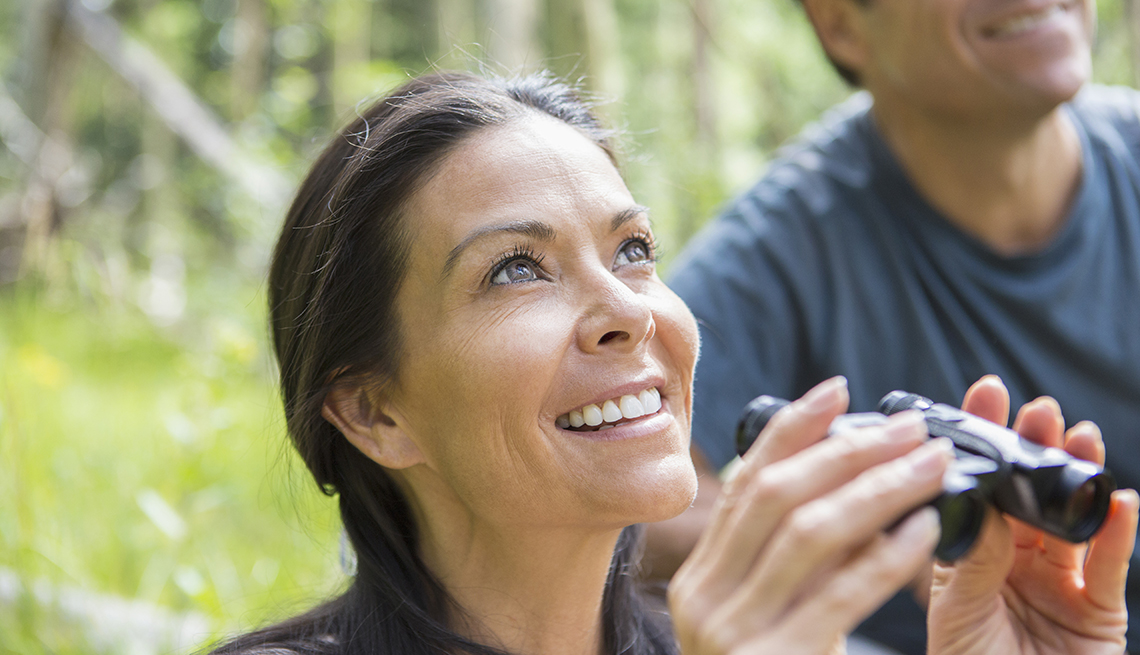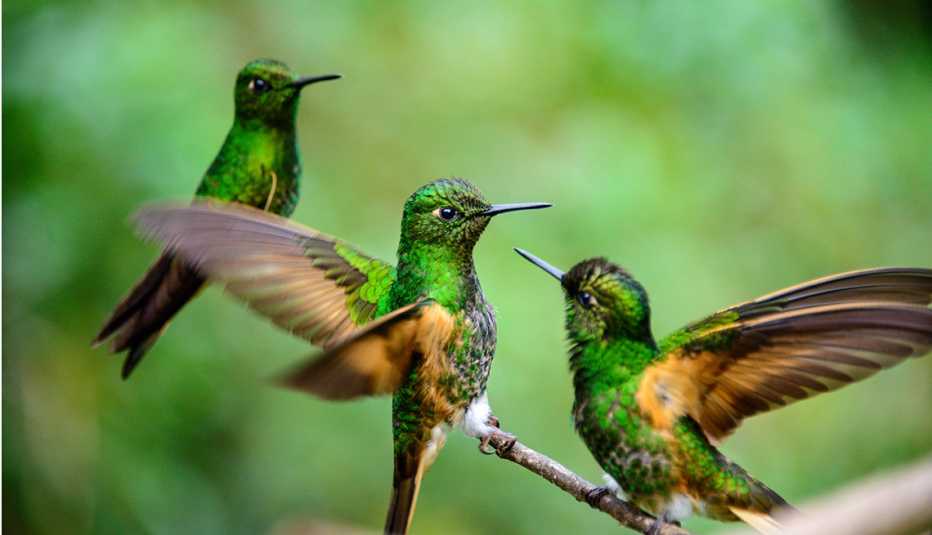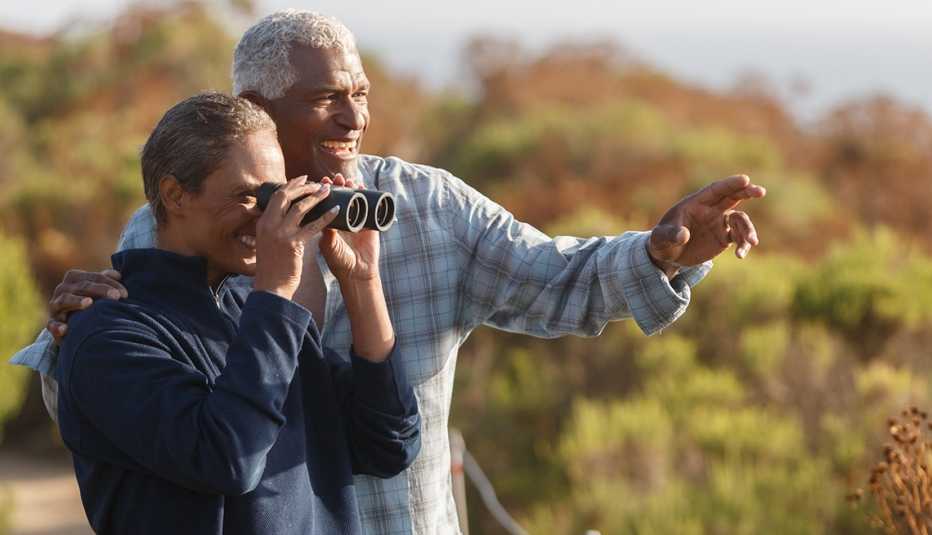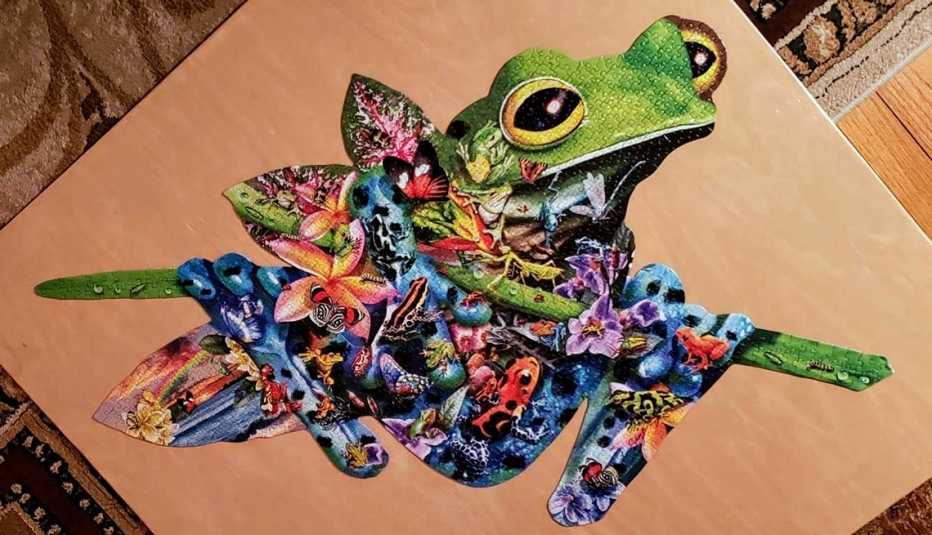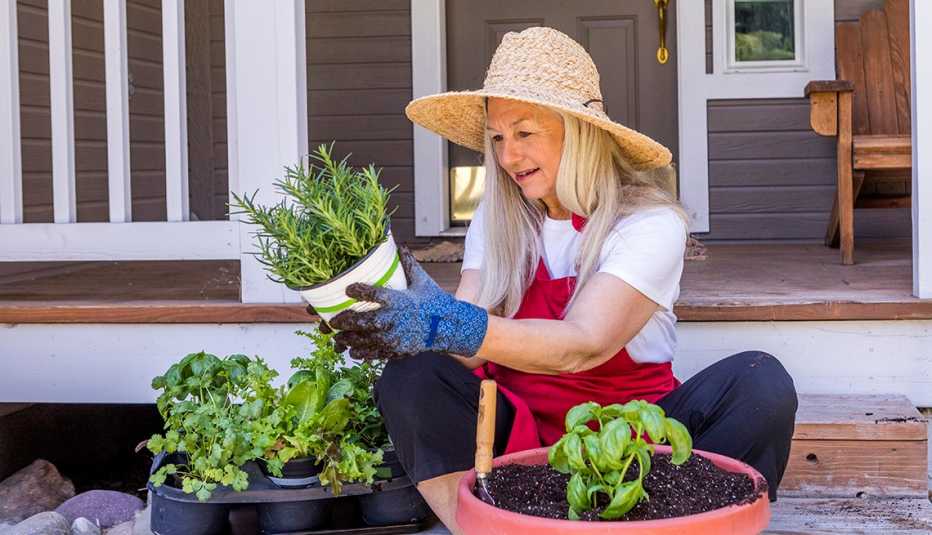AARP Hearing Center
Sometime during the country's pandemic-imposed lockdown, between baking bread and Zoom meetings, many Americans looked outside and began to appreciate the colorful wildlife their windows framed: birds.
Birding, once scorned as a nerdy pastime of list-keepers and early risers, began booming during the height of shelter-in-place orders, which coincided with birds’ annual spring migration in North America. The American Birding Association's podcast went from 5,000 downloads a week in February to about 8,000 in May. The Audubon Society, the bird conservation nonprofit, says its website traffic spiked 23 percent in March and April, compared to the year prior. Its local Chicago chapter saw activity in its Facebook group grow 134 percent from March to April.
"To us, birds have always been symbols of freedom,” says Jeffrey Gordon, the ABA's president. “Especially when you're feeling locked down and a little shut in, birds can be that ray of light that illuminates your little room."
Birding basics
Birding is also one of the most convenient forms of wildlife watching — birds are everywhere, scientists point out, from inner cities to Antarctica.
"Any city is great for birding no matter where you are,” says Kathi Borgmann, communications coordinator for the Cornell Lab of Ornithology, Cornell University's center for the study of birds, who recently spied Cape May warblers near her Ithaca, New York, home. “There are always birds to be seen. Even in the backyard. You just have to look up."
When you do, make sure to notice four things that will help you identify a bird's species: size and shape, color pattern, habitat or where you saw it, and behavior, or what it was doing.
Field guides are traditional sources for identifying birds. But modern apps and websites speed up the results. With the Cornell lab's free Merlin Bird ID app, you can enter details of your sighting and then it returns a list of possibilities, narrowing them down based on likelihood. Audubon Bird Guides, the Audubon Society's free app, functions similarly and you can share photos with other users. If you're still stymied, you can join the ABA's Facebook group What's This Bird? and get an answer promptly.
Your only investment in this pastime, financially speaking? A basic pair of binoculars.
"You don't need to spend thousands,” says Borgmann. “A couple hundred is enough to get started. After that, it's just observation skills and time to look at birds and pay attention."
































































